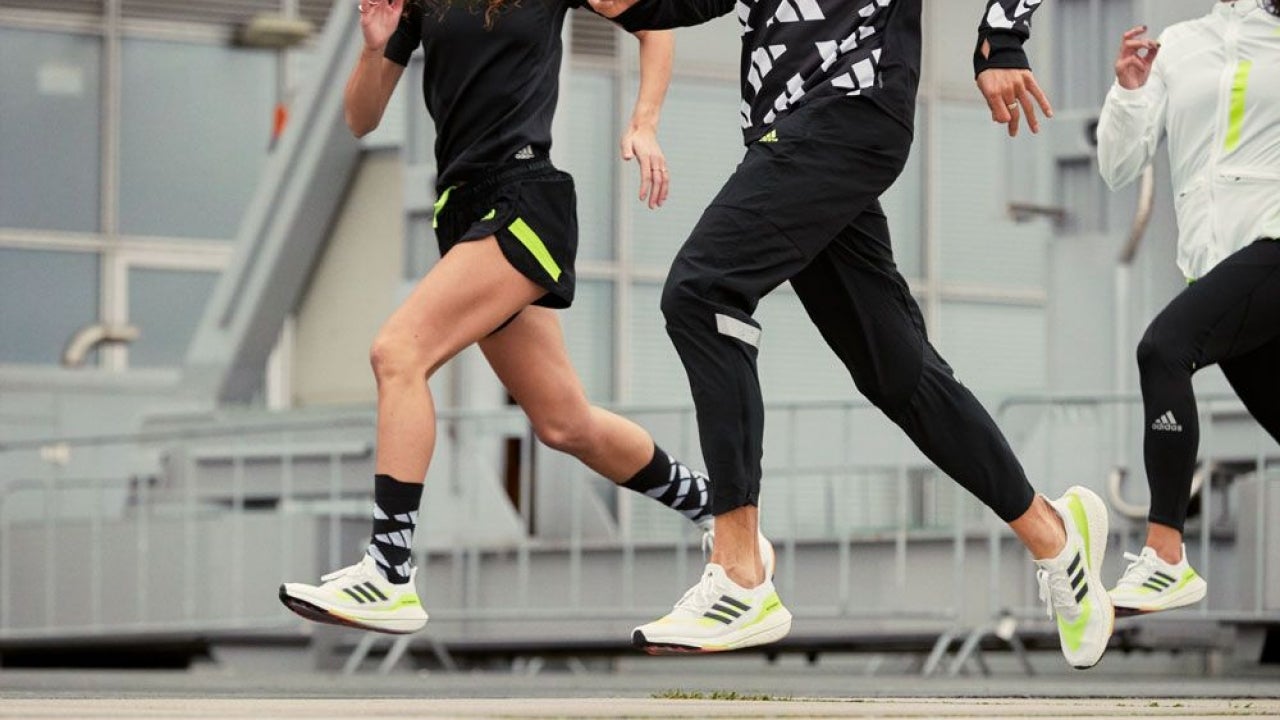For major sports apparel retailer Adidas, being a sustainable company is about balancing the needs and concerns of our employees, the workers in our supply chain and the environment. At Adidas, we believe that acting as a responsible company, fully committed to respecting human rights, will contribute to lasting economic success.
The sports brand is continuously working to become a more sustainable company. Adidas has been on this journey for a long time, and will never stop learning and improving our sustainability efforts. For them, it's about being prepared, setting the right pace and having the drive and resilience to go the distance. It is about perseverance, overcoming setbacks and difficulties and never giving up on the overall goal, in the same way that athletes don't.

Consequently, sustainability is an integral component of our "own the game" strategy and we have a clear roadmap to 2025. It addresses the issues that are most important to our business and our stakeholders and translates our overall sustainability efforts into tangible goals.
Adidas said its strategy is designed to significantly increase sales and profitability and gain market share through 2025. More than 95 per cent of sales growth is expected to come from five strategic categories: football, running, training, outdoor and lifestyle. The new plan calls for a €1 billion increase in marketing investment and a further €1 billion to boost digitalisation.

Sustainability to Play a Major Role in the Near-term future of Adidas
"Own the Game' is a growth and investment strategy with which we are set to take Adidas into a very successful future," Adidas CEO emphasises. "Our strategic focus is to increase the credibility of the Adidas brand, take the customer experience to a new level and spur sustainability," says Rorsted. "To ensure that our strategy is properly implemented we will continue to invest significantly in our employees, our brand and in the digital transformation of the company," he adds.
In 2025, Adidas plans to invest €1 billion more in its brand than this year. Much of that investment will be focused on the brand's female target. The Adidas Women division expects to increase its turnover by around 15% in the period between 2021 and 2025.
Turning its attention to sustainability, Adidas plans to reduce its carbon footprint per product by 15% over the next few years. The brand's collaboration with the organisation Parley for the Oceans will be absolutely vital for this. In the near future, Adidas intends to launch, for example, recyclable and biodegradable versions of one of its most famous shoes: Stan Smith. Based on its new strategy, Adidas wants to increase its sales by 8% to 10% by 2025, while its profits will increase annually by 16% to 18%.
In Bid to End Plastic Waste
GRS and RCS certified, Adidas is on a quest to end plastic waste. By 2024, the company hopes to replace all virgin polyester with recycled versions. In a bid to see whether such products can continue to be re-recycled, Futurecraft.Loop is Adidas’s brainchild.
For example, Adidas’ Terrex Futurecraft.Loop anorak was a prototype of a 100% recycled and recyclable jacket. By circular design, the jacket is made to be returned to be brand at the end of its life to be reconstructed into new apparel items. Similar to the brand’s Futurecraft.The Loop sneaker that came before it, the anorak is a circular experiment intended to pave the way for a perceived broader line of similar products.